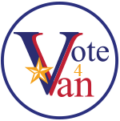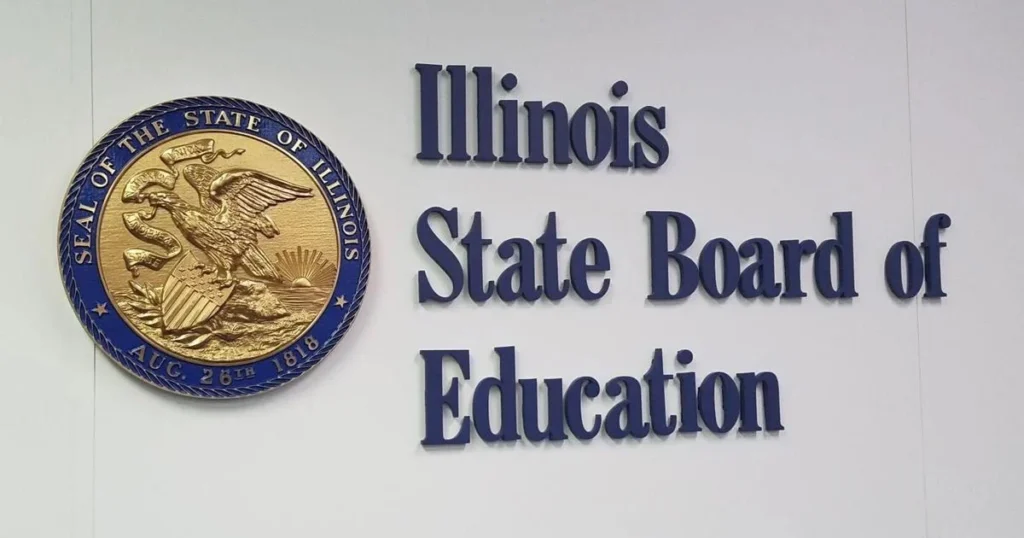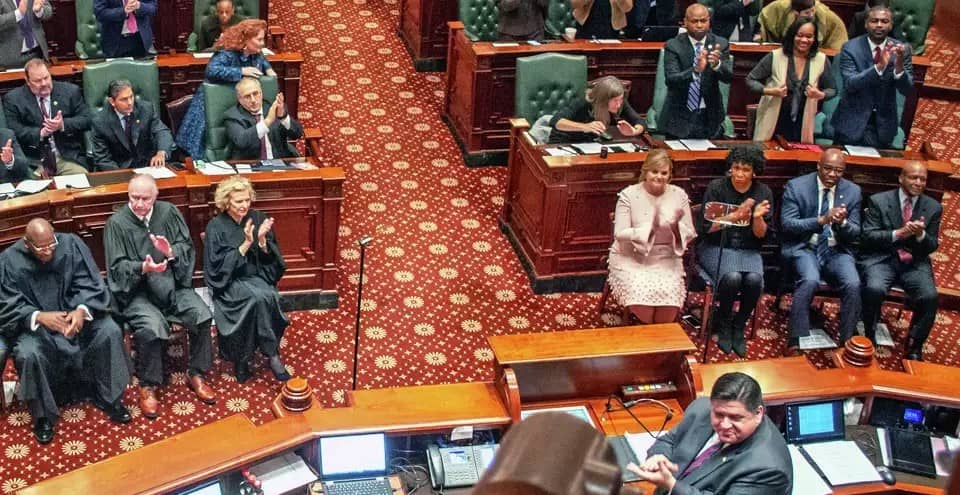The Illinois State Board of Education has embarked on a journey to reshape the educational landscape with a strategic plan for 2024-2027. This plan focuses on continuous improvement and addresses the evolving needs of nearly 2 million school-aged children in Illinois. The state’s commitment to enhancing student outcomes is evident in its new initiatives.
Tim Van Stein has brought a fresh perspective to the table, analyzing Illinois’ educational challenges and proposing comprehensive reform strategies. His approach emphasizes reflection, adaptation, and systematic improvement to create a better learning environment for students across the state.
With significant investments in education and infrastructure, Van Stein’s plan aims to deliver a lasting impact on Illinois schools. The continuous improvement model ensures that the state’s education system remains responsive and effective in meeting the needs of its students.
Key Takeaways
- Van Stein’s plan focuses on continuous improvement and student needs.
- It includes comprehensive reform strategies for better learning environments.
- Significant investments are being made in education and infrastructure.
Van Stein ‘s Educational Landscape Analysis
Van Stein has provided a keen look into Illinois’ education system. This analysis covers both the current state of school performance metrics and the obstacles they face.
Current Performance Metrics
Illinois schools show varied performance levels. Graduation rates in some areas are high, nearing 90%. Test scores, especially in math and reading, are strong in more affluent districts. According to the Illinois Comprehensive Literacy Plan, achieving literacy proficiency is a core goal throughout the state.
However, standardized test results reveal disparities. Scores drop significantly in underfunded schools. Only about 37% of students meet or exceed standards in English Language Arts (ELA). Math results are even lower, with around 32% meeting expectations.
Efforts are underway to address these gaps. The Illinois State Board of Education is implementing new strategies to boost overall student achievement. Improving access to resources and better training for teachers are key components of these initiatives.
Challenges Facing Illinois Schools
One major challenge is the funding inequality across districts. Wealthier areas have more resources, leading to better facilities and learning opportunities. Underfunded districts struggle to provide basic educational tools. This disparity is a significant barrier to equal educational opportunities.
Teacher shortages also plague the system. Many districts find it hard to hire and retain qualified instructors. This issue affects the quality of education, especially in rural and low-income areas. Additionally, there is a need for more support staff to help students with special needs and mental health issues.
Furthermore, there is a rising concern about the relevance of the curriculum. Many critics argue that the current content does not adequately prepare students for modern job markets. Updating the curriculum to include more technical and vocational training is seen as crucial.
Proposed Reform Strategies
Van Stein’s plan for improving education in Illinois includes enhancing teacher support, overhauling the curriculum and assessments, and making resource allocation more equitable. These reforms aim to address both the needs of educators and students.
Enhancing Teacher Support and Development
To improve education quality, support for teachers is critical. Van Stein suggests implementing ongoing professional development programs.
These programs will ensure that teachers stay updated with the latest teaching methods and technologies. Mentorship opportunities for new teachers will help them adjust better and perform more effectively.
Additionally, the plan proposes increased financial incentives for teachers working in high-need areas. This would encourage skilled educators to work in under-resourced schools, thereby improving education equity.
Curriculum and Assessment Overhaul
Van Stein also focuses on revising the curriculum and assessment methods. The plan includes updating the curriculum to make it more inclusive and relevant to today’s job market.
Standardized testing will be adjusted to better reflect student understanding and learning progress. This includes a move towards more project-based assessments.
The goal is to make learning more engaging for students while also providing a better measure of their abilities and readiness for post-secondary opportunities.
Resource Allocation and Funding Improvements
The third strategy involves better distribution of resources and funding. Van Stein recommends increased funding for schools with higher populations of underrepresented students.
There are plans to expand the education expense tax credit for families, making education more affordable. Another key proposal is to increase the budget for basic needs like school meals, ensuring all students are well-nourished and ready to learn.
These steps aim to create a more equitable education system where resources are allocated based on need, not just student performance.



